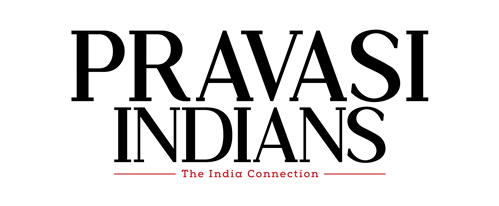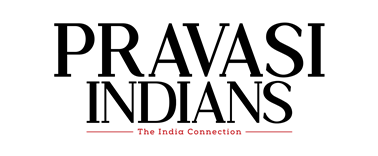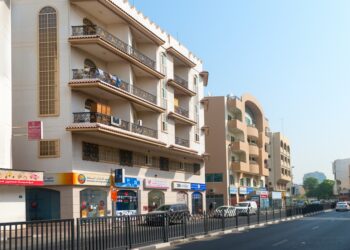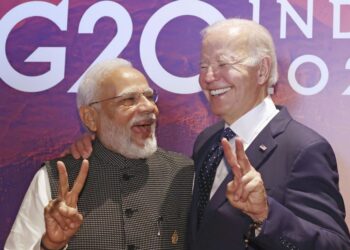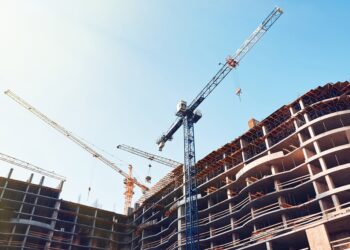When a bank shares its financial statement, the first figure that an analyst looks at is the percentage of NPAs (Non-Performing Assets), which precisely indicates the health of the bank. The acceptable range of NPAs for any bank, private or public, is up to 4 percent of total assets. Any figure above that indicates the bank has a high percentage of stressed assets, which is not good for the growth or efficiency of the bank. This nearinvisible small statistic can have a cascading effect on the bank’s performance: reducing the overall efficiency and effectiveness of the lending system, and significantly shrinking availability of credit – thus creating a problem not only for the bank but also for policy-makers, and affecting the economic growth of the country.
Increasing NPAs has become an unending nightmare for the Indian banking sector over the years, due to various factors including deliberate default in loan repayments which has a clear political background. In fact, Prime Minister Narendra Modi himself said recently that banks’ NPAs kept increasing in the past due to lack of transparency and various other banking sector practices.
However, with the introduction of the Insolvency and Bankruptcy Code (IBC), strengthening of the Securitization and Reconstruction of Financial Assets and Enforcement of Securities Interest (SARFAESI) Act and Debt Recovery Tribunals laws, as well as setting up of dedicated
Stressed Asset Management Verticals (SAMVs) in banks for large-value NPA accounts in the past three years, the NPAs have stabilised somewhat and brought a sharper focus on recovery.
But, in spite of these efforts, a substantial amount of NPAs remain on the balance sheets of banks primarily because the stock of bad loans, as revealed by the Asset Quality Review, is not only large, but fragmented across various lenders.
The RBI’s 24th Financial Stability Report (FSR), released on December 29, 2021, indicates that the gross NPAs of banks may increase from 6.9 percent in September 2021 to 8.1 percent by September 2022 under the baseline scenario and to 9.5 percent under a severe stress scenario.
The Government of India, in order to check banks going into the red, in September announced the setting up of the National Asset Reconstruction Company (NARCL), paving the way for operationalisation of the bad bank concept.
The Union Cabinet had approved a corpus fund of Rs 30,600 crore as government guarantee for the NARCL. The proposal has come as a welcome move for the banking sector which has been reeling under the weight of bad loans.
The bad bank or NARCL will pay up to 15 percent of the agreed value for the loans in cash and the remaining 85 percent will be government-guaranteed security receipts.
BAD BANK OPERATIONS
A bad bank is a corporate structure that isolates risky assets held by banks as a separate entity. It is established to buy NPAs from a bank at a price determined by the bad bank.
Carrying non-performing assets, also called non-performing loans, on the balance sheet places significant burden on the lender. The non-payment of interest or principal reduces the lender’s cash flow, which can disrupt budgets and decrease earnings. Loan loss provisions, which are set apart to cover potential losses, reduce the capital available to provide subsequent loans to other borrowers. Once the actual losses from defaulted loans are determined, they are written off against earnings. Having a significant amount of NPAs on the balance sheet over a period of time is an indicator to regulators that the financial fitness of the bank is at risk and its asset quality needs improvement.
Resolution mechanisms of this nature which deal with a backlog of NPAs typically require a backstop from the government. It is here that the role of a bad bank comes into play, improving cash flow and thereby asset quality. In addition, it also builds credibility and provides for emergency financial buffers. Hence, the government guarantee of up to Rs 30,600 crore will back Security Receipts (SRs) issued by NARCL.
The guarantee will be valid for five years. The precedent condition for invocation of guarantee would be resolution or liquidation. The guarantee shall cover the shortfall between the face value of the SR and the actual realisation. The government guarantee will also enhance liquidity of SRs, as they are tradable.
The NARCL will acquire assets by making an offer to the lead bank. Once NARCL’s offer is accepted, the India Debt Resolution Company Ltd (IDRCL) will be engaged for management and value addition. This will benefit the bank in getting a new structure.
IDRCL is a service company/operational entity which will manage the assets and engage market professionals and turnaround experts. Public Sector Banks (PSBs) and public Financial Institutions (FIs) will hold a maximum of 49 percent stake while the rest will be with private sector lenders.
BENEFITS FOR THE STRESSED BANK
The government, through the NARCL and IDRCL, will incentivise quicker action on resolving stressed assets, thereby helping in better value realisation. This approach will also permit freeing up of personnel in banks to focus on increasing business and credit growth. As the holders of these stressed assets and SRs, banks will receive the gains. Further, it will bring about improvement in the banks’ valuation and enhance their ability to raise market capital.
REGULATORY FRAMEWORK
The Reserve Bank of India, being the regulator of Asset Reconstruction Companies (ARCs), has already prescribed a regulatory framework for the functioning of ARCs and there are well-stipulated norms for transfer of stressed assets by banks and non-banking finance companies to ARCs.
Last year, the Indian Banks’ Association (IBA) had proposed setting up a bad bank for swift resolution of the NPA problem. Following this, the Finance Minister, in the 2021-22 Union Budget had proposed the setting up of an ARC, along with an Asset Management Company (AMC), to take over the stressed debts of banks.
Bad banks have been institutionalised and considered a success in several countries including the US, Sweden, Finland, Belgium and Indonesia. In India the concept is new and the issue related to purchase and sale of stressed assets of banks is a big challenge which may result in ambiguity. And, of course, not to neglect other structural reforms that are required in parallel to deal with the NPAs at large. If these parameters are laid out comprehensively in the regulatory framework, the bad bank concept will be a huge success similar to the introduction of GST in 2017.
BY B SHEKHAR
The writer is a Bengaluru-based business journalist associated with IMS Foundation.
